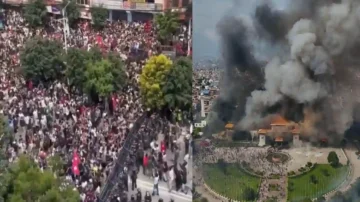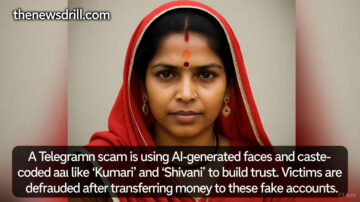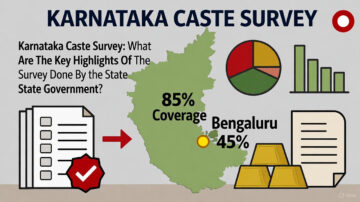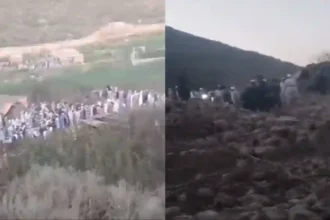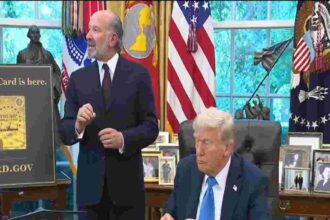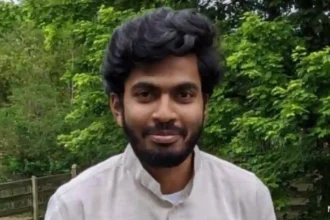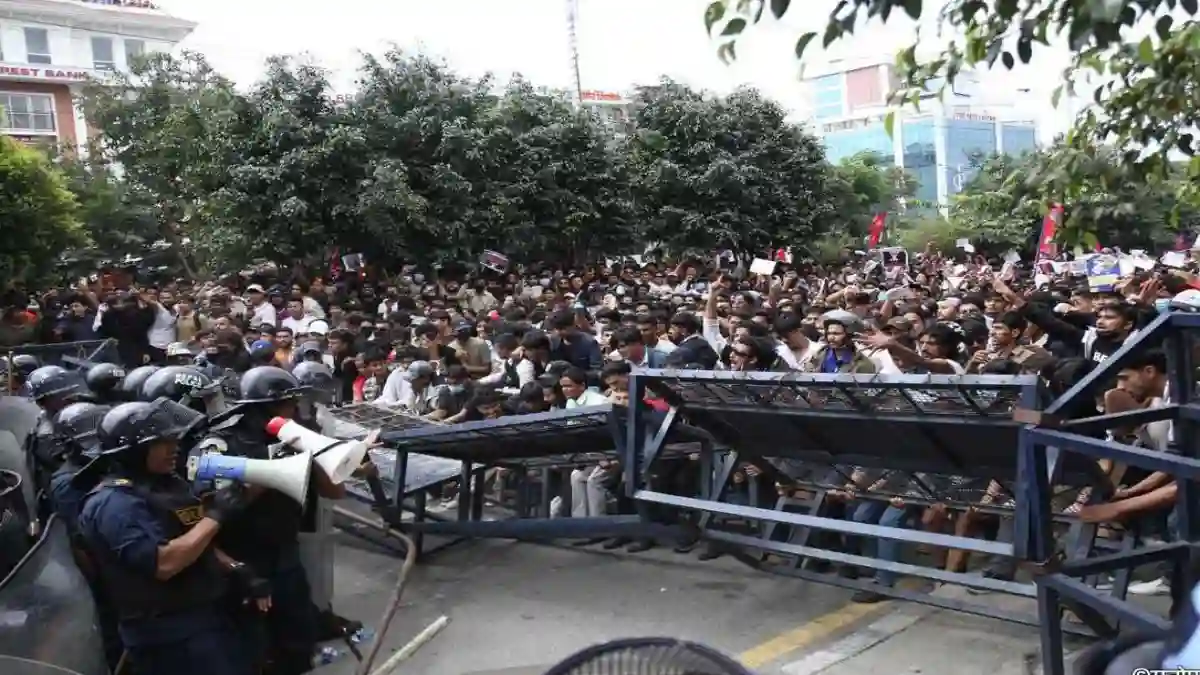
Kathmandu, Nepal: Kathmandu is witnessing massive unrest after the Nepal social media ban sparked nationwide protests, with thousands of young people, journalists, and activists taking to the streets. The government recently ordered a blanket restriction on 26 popular platforms, including Facebook, WhatsApp, Instagram, YouTube, and X (formerly Twitter), citing non-registration under new rules.
The decision has triggered outrage across the country. Protesters argue that the Nepal social media ban undermines constitutional rights, freedom of expression, and digital communication. Demonstrators carrying national flags surrounded parliament in Kathmandu, chanting slogans such as “Unban social media” and “Stop corruption, not freedom.”
Clashes turned violent as police used water cannons, tear gas, rubber bullets, and batons to disperse crowds. According to state media, one protester has died and over 50 people have been injured, though local reports suggest the death toll may be higher. Curfews have been imposed in sensitive areas, including the capital’s Singha Durbar government complex.
The Nepal social media ban has also drawn criticism from international human rights groups, including the Committee to Protect Journalists, which called the move an assault on press freedom. Youth-led movements, particularly university students and Generation Z activists, are at the forefront of demonstrations.
Analysts say the anger goes beyond the digital blackout. For many, the ban reflects growing frustration with corruption, unemployment, and what critics describe as creeping authoritarianism under Prime Minister K.P. Sharma Oli’s government. The protests have become a broader demand for transparency, accountability, and democratic values.
As tensions escalate, pressure is mounting on the Nepalese government to reconsider the Nepal social media ban and open dialogue with civil society. With internet freedom and public trust at stake, the coming days will determine whether the unrest subsides or evolves into a sustained political movement.


